A manager’s story of transforming decision-making and sales with AI-powered BI and analytics
CIO Business Intelligence
DECEMBER 19, 2024
As organizations struggle with the increasing volume, velocity, and complexity of data, having a comprehensive analytics and BI platform offers real solutions that address key challenges, such as data management and governance, predictive and prescriptive analytics, and democratization of insights. Heres how they did it.




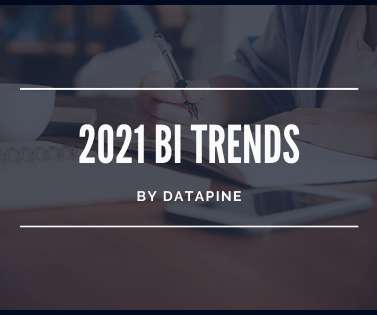
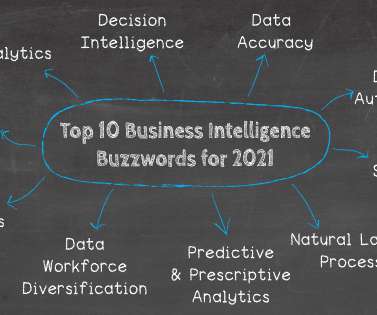


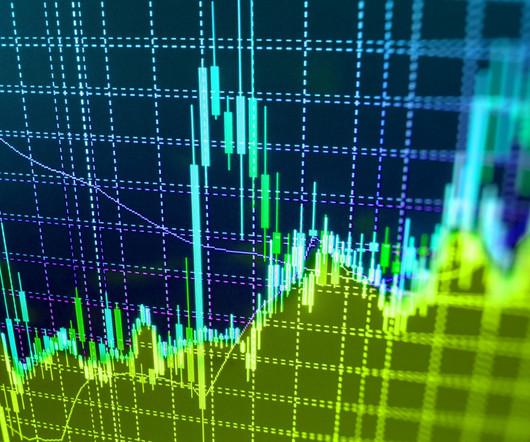

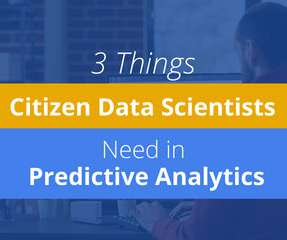

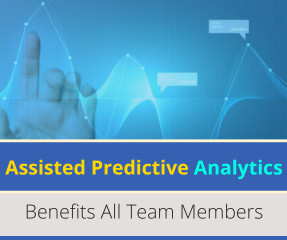


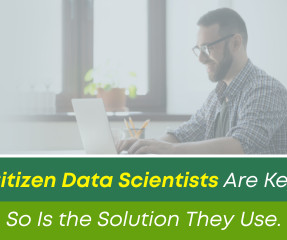



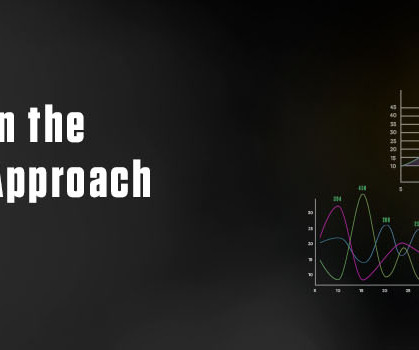

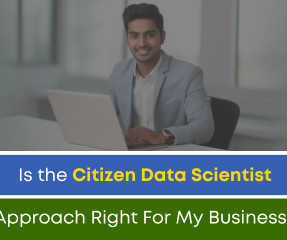








Let's personalize your content